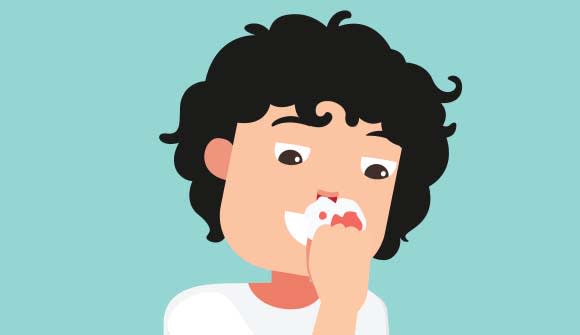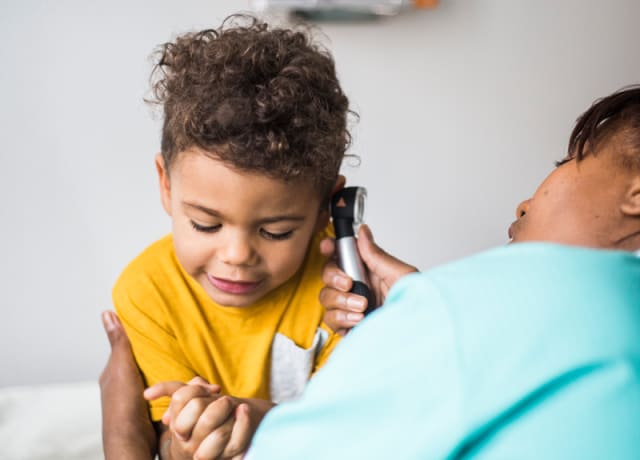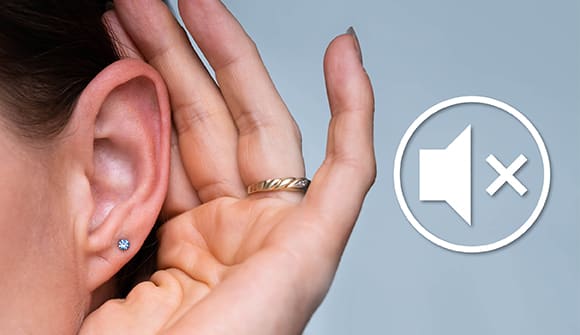Nosebleed know-how
What to do and when to call the doctor.
Article Author: Katie McPherson
Article Date:

Why is it that some children just seem to get bloody noses all the time? They can be romping on the playground or sitting completely still in class, and here comes a nosebleed all the same.
Randolph "Randy" Thornton, MD, a pediatrician at Jacksonville Pediatrics and Wolfson Children’s Hospital, explained why chronic nosebleeds are a thing, how you can help your child stop them (at home, school or anywhere else), and more.
Noses bleed because…
When asked if he sees many patients with reoccurring nosebleeds, Dr. Thornton said it’s really quite common. Nosebleeds usually come from the blood supply that runs along the nasal septum, that middle section of the nose that separates your nostrils.
“The vast majority are caused by something meaningless, like the inside of the nose getting dry, cracking and bleeding,” he said. “This is especially common in the winter. Another common cause is allergies; if a child’s nose is runny all the time, it may be more likely to bleed.”
If a child comes to the office after having a few nosebleeds, pediatricians will often screen him or her for a bleeding disorder, like hemophilia, just to be safe. Next, it’s time to check the nose for a polyp, a benign growth on the inside of the nose that can sometimes cause bleeding. If everything is all clear after those checkups, but the nosebleeds keep coming back, Dr. Thornton said they can be treated.
“It’s frustrating when it keeps happening over and over, and that’s when we’ll send the child to an ENT to cauterize [burn] the bleeding with silver nitrate,” he said. “The ENT will numb that area of the nose with drops and then simply swab it with a silver-nitrate-infused Q-tip. There may be a small amount of burning for a day or two, but that should be easily controlled with over-the-counter pain relievers.”
Become a nose pro
Wondering how you can stop your child’s nosebleed, and teach him or her to do the same if they’re not with you when it happens? Dr. Thornton says this method should do the trick:
- Pinch the nose shut and have your child breathe through his or her mouth.
- Wait 7 to 8 minutes before releasing the pinch to ensure the bleeding has fully stopped. It’s tempting, but don’t check to see if it has stopped until the time is up!
- Lean forward to keep the blood from running down the back of the throat. It’s not harmful if it does, just unpleasant.
If you’re thinking of taking a cue from how Hollywood treats nosebleeds in the movies (i.e. with a tampon up the nose), it’s not necessary.
“Sometimes people will pinch their nose shut with cotton balls in their hand to soak up any blood, but just pinching the nose shut and leaning forward should get it to stop,” Dr. Thornton said.
How you can help
Understandably, some kids can get a little freaked out when their nose starts bleeding out of nowhere. Dr. Thornton said it’s important for parents to remain calm, and do their best to reassure children that it will pass.
“I would treat it just like any other potentially scary situation. Let your child know you’re going to help stop it, and provide reassurance and comfort.”
As for prevention, Dr. Thornton said there are two things every parent can do:
Always use a humidifier in your child’s room during the winter to prevent dry nasal passages.
Keep a clean shirt in your child’s backpack. If they get a nosebleed at school that makes its way onto their tee, it’s nice to have a change of clothes.
If your child is having persistent nosebleeds, Baptist Health and Wolfson Children’s Hospital have pediatricians who can help. Visit baptistjax.com/services/pediatrics to find the location and providers nearest you and request an appointment.



